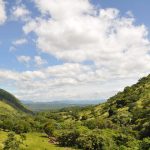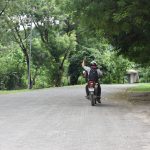Making the Invisible Visible in La Cañada, Honduras
Today, March 22, is World Water Day, a day designated by the United Nations (UN) to bring attention to the importance and need of safe water worldwide. Water is life, and access to safe water is a fundamental human right. However, 771 million people worldwide continue to live without safe drinking water affecting their health, wellbeing, education, and livelihoods. Water is so critical to life and wellbeing that the UN added it as a Sustainable Development Goal (SDG 6), which commits the world to ensuring that everyone has access to safe water by 2030.
This year’s World Water Day theme is groundwater and making the invisible visible. Groundwater is invisible, lying underneath the dirt, yet its impact worldwide is visible everywhere. Groundwater provides the majority of the water that sustains us. As we face climate change and increased pollution, the role of protecting our groundwater could never be more important. Since the beginning, EOS has been working hard to protect our watersheds by implementing our Circuit Rider model of training, education, and sustainability of rural communities’ water systems.
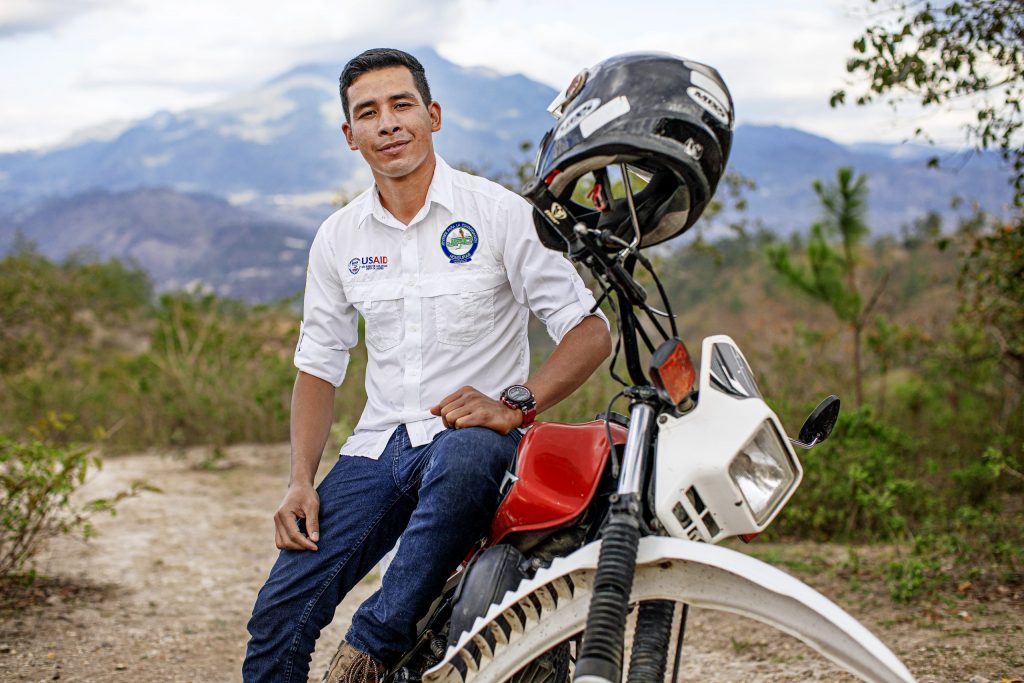
Just two weeks ago, our US-based team visited Honduras, and for a few of us, it was our very first time on the ground seeing our work. We watched a water chlorinator being installed in an extremely remote community called La Cañada, located high up in the mountains in Gracias, Honduras. Reaching the community was not for the faint of heart, as the roads are almost non-existent in parts and it requires patience and perseverance to make the bumpy drive up the mountain to reach the village.
Over 11 kilometers of pipes descend from Puca Mountain (one of Honduras’ highest peaks), collecting water down to the community water tank that provides drinking water for 43 homes.
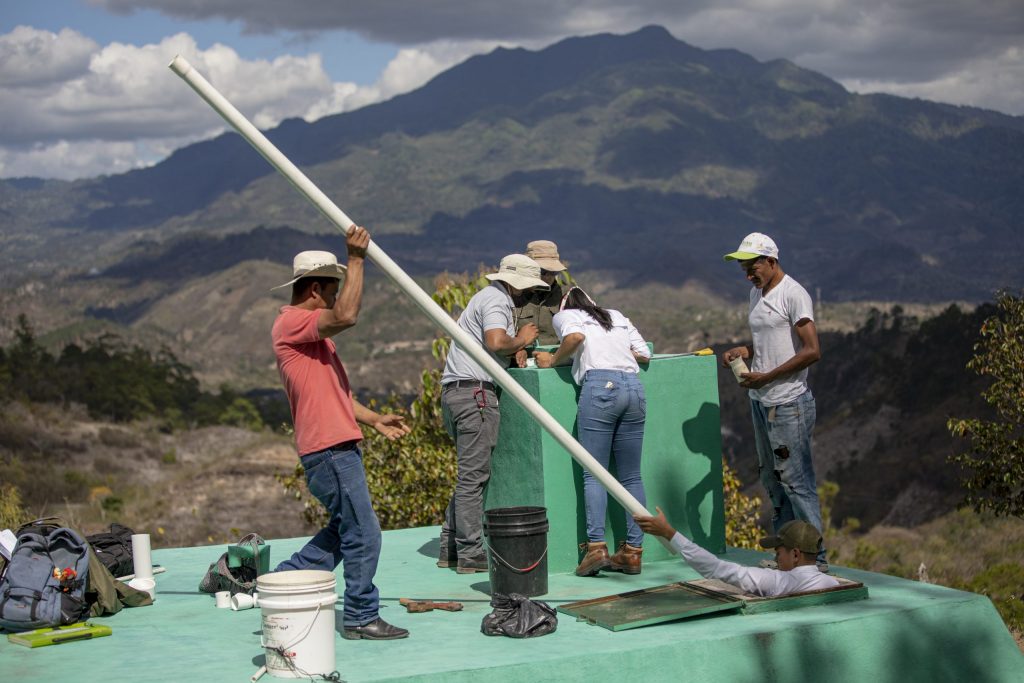
Over an afternoon, we watched the installation of La Cañada’s first water chlorinator and it was an incredibly emotional experience. Men, women, and children from the community had gathered around sitting on a few dusty rocks alongside the tank, chatting and watching the installation being led by 22-year-old Alicia Cruz, one of our newly trained Circuit Rider interns thanks to a partnership with the U.S. Forest Service Youth Conservation Corps (YCC).
Not only was Alicia breaking gender barriers by leading the installation in a field that is highly dominated by men, she was also breaking the continual cycle of poverty in rural communities by empowering the community on how to take care of their own water system for the long-term. These practices work and help us achieve SDG 6 (safe water for all) and SDG 5 (empowering women).
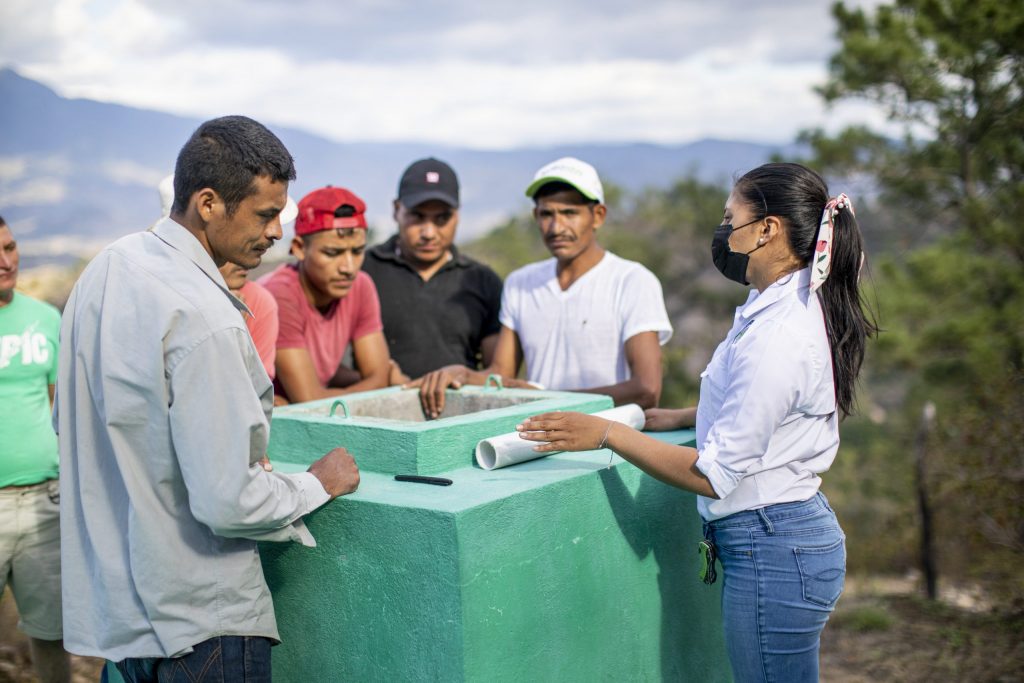
Today, over 28 million Central Americans lack safe drinking water. For the past 13 years, EOS’ team has been working incredibly hard to change this by creating sustainable solutions and economic opportunities for the communities we serve to live healthier, more prosperous lives. While we are proud of the incredible work our team has accomplished, there is still an immense need that remains and we will not stop until every community in Central America has access to safe drinking water.
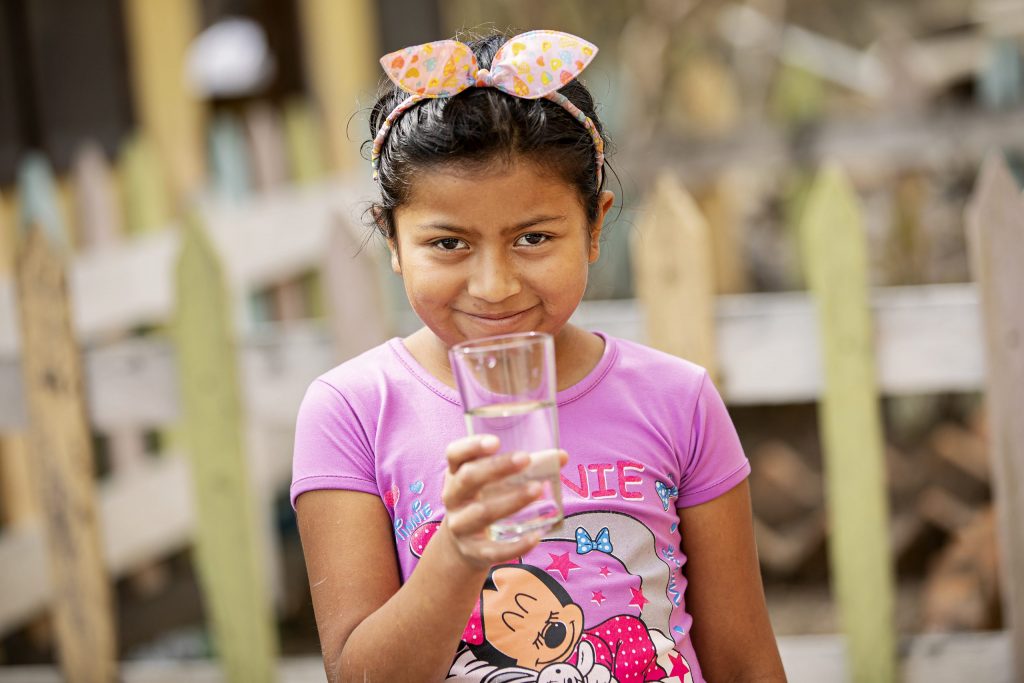
In honor of World Water Day, please consider investing today. Every donation, no matter how large or how small, makes a life-long impact. Thank you for your continual support in our work! Together we are saving and changing lives. Donate today!



